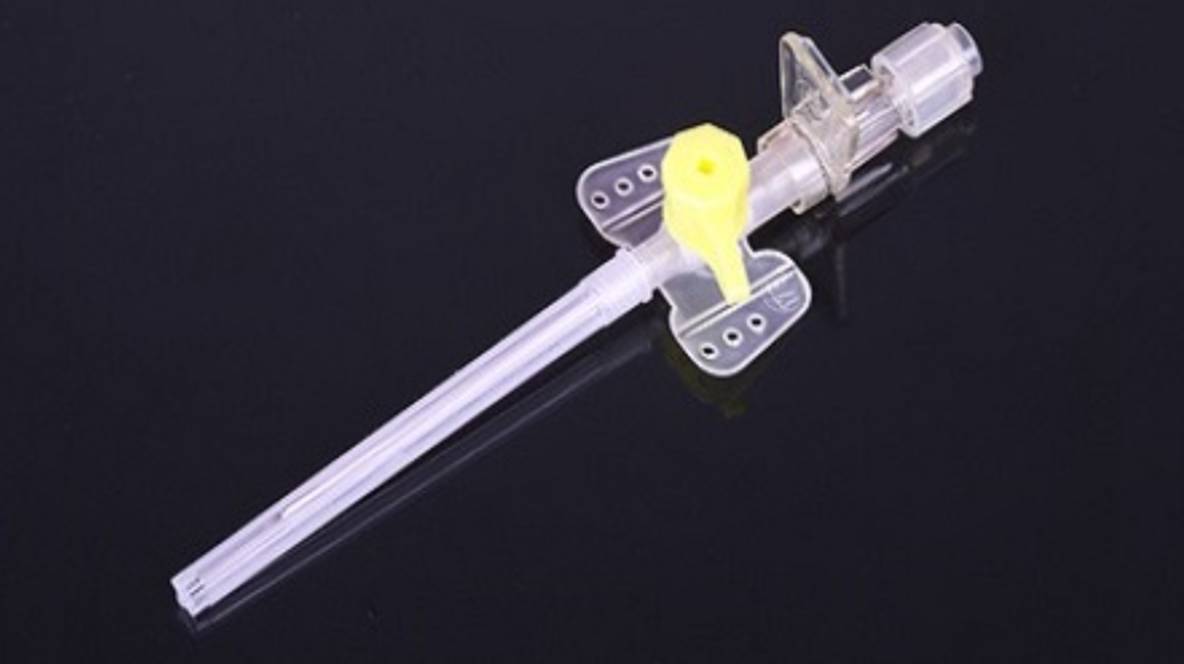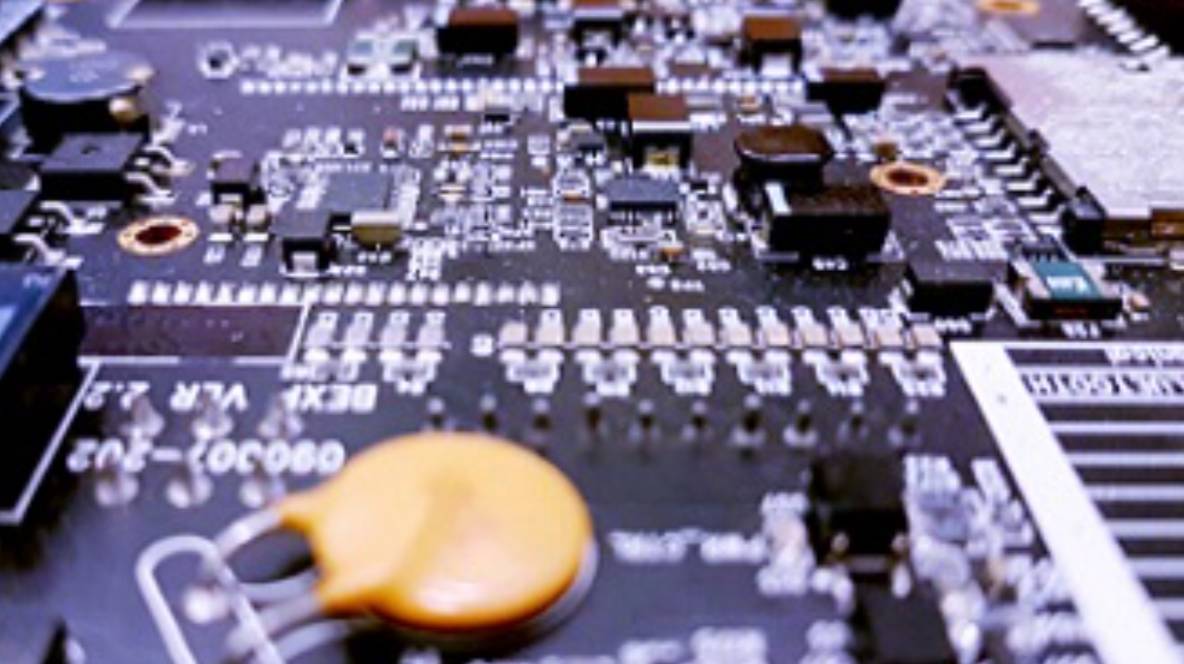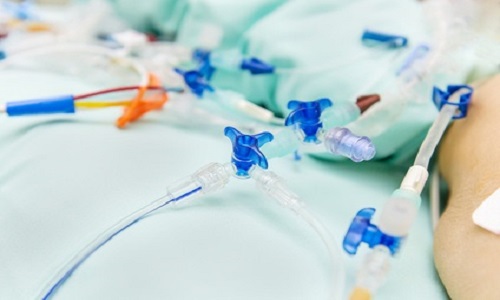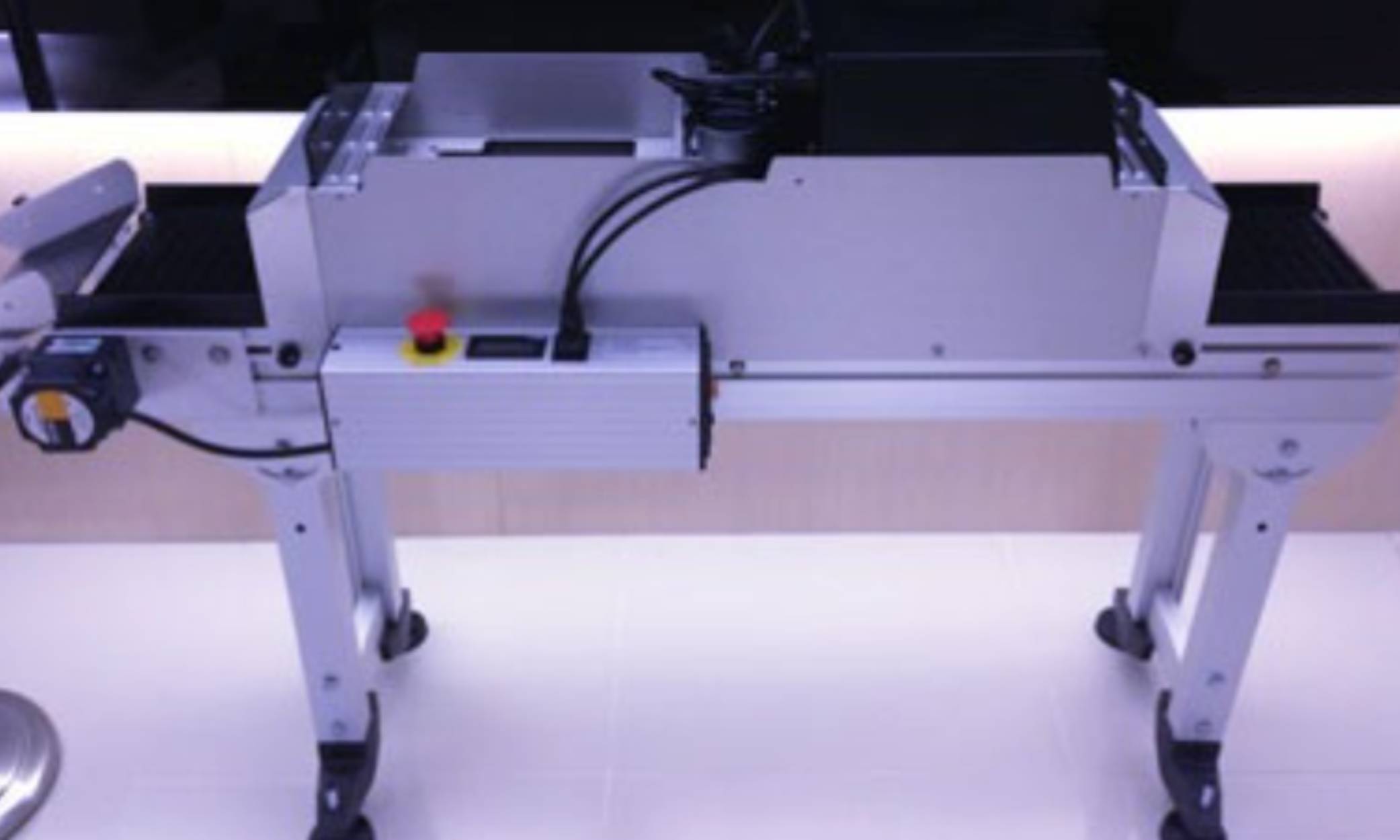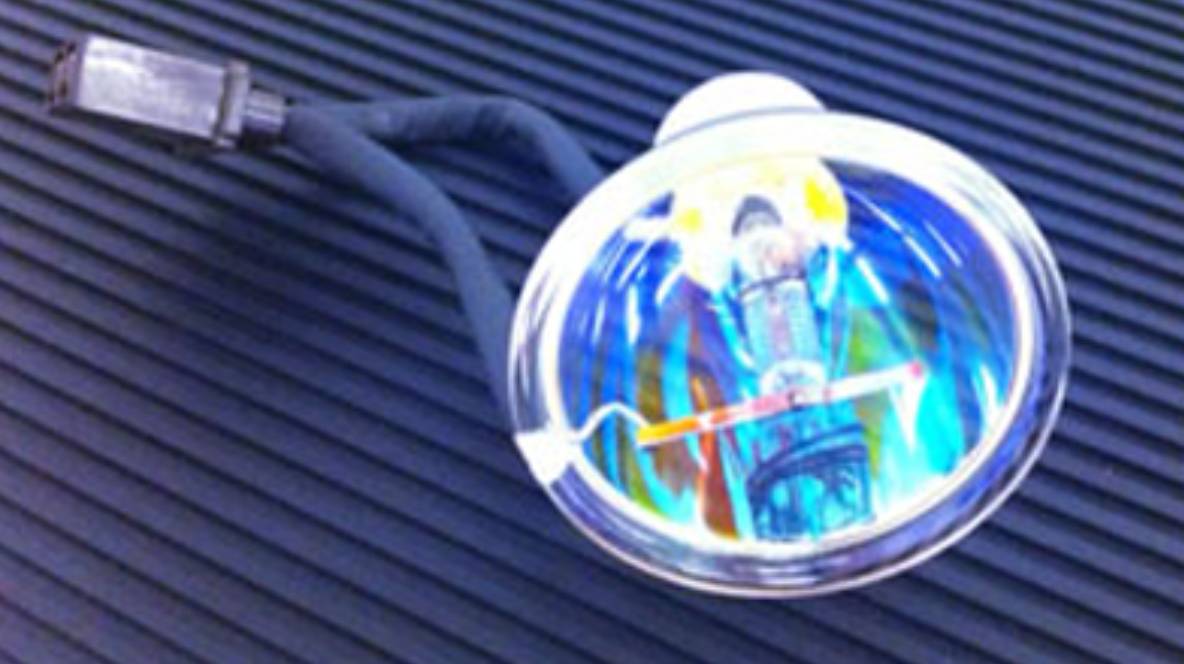What is a Liquid Light Guide used for?
Achieve precise illumination with Incure’s liquid light guides. Ideal for UV curing, bioanalysis, and labs. Durable, flexible, and custom solutions available.
In today’s advanced manufacturing and professional environments, precise and efficient light transmission is critical. Liquid light guides offer a compelling alternative to traditional fiber bundles, providing manufacturers and professionals with a robust and versatile tool for a range of applications. These flexible tubes, filled with a specialized light-conducting liquid core, excel in delivering high-intensity, uniform illumination with minimal loss.
Why Liquid Light Guides Outperform Traditional Fiber Bundles:
- Enhanced Light Transmission: Unlike fiber bundles, liquid light guides eliminate the “packing fraction” issue, resulting in significantly higher light transmission efficiency. This means more light reaches your target, optimizing performance.
- Unparalleled Uniformity: Achieve consistent and even illumination across your target area. This is crucial for applications demanding precision, such as microscopy and UV curing.
- Superior Flexibility and Maneuverability: Effortlessly navigate complex setups and tight spaces with the exceptional flexibility of liquid light guides, simplifying integration into diverse projects.
- Increased Durability and Reliability: Experience long-lasting performance with a robust design that eliminates the risk of fiber breakage, reducing downtime and maintenance costs.
- Cost-Effective Solution: Optimize your budget with a more economical solution compared to traditional fiber bundles, without compromising on performance.
Diverse Applications Across Industries:
- Advanced Microscopy: Deliver precise illumination for fluorescence microscopy and other bioanalytical instruments, enabling detailed analysis and research.
- Medical Device Manufacturing: Facilitate critical light transmission in medical technologies, ensuring accurate and reliable performance in demanding applications.
- Precision UV Curing: Achieve high-intensity spot lamp curing for adhesives and coatings, enhancing manufacturing efficiency and product quality.
- Scientific Research and Development: Support diverse scientific experiments with precise light delivery, enabling accurate data collection and analysis.
- Forensic Science: Aid in forensic analysis and examination with reliable and consistent light sources, enhancing investigative accuracy.
Tailored Solutions for Specific Needs:
- Multi-Output Configurations: Utilize bifurcated and trifurcated liquid light guides to deliver light to multiple targets simultaneously, streamlining complex workflows.
- Deep UV Transmission: Achieve precise deep ultraviolet (deep UV) light transmission for specialized applications requiring specific wavelengths.
How Incure Can Empower Your Projects:
Incure understands the critical role of precise light delivery in manufacturing and professional applications. We offer a comprehensive range of high-quality liquid light guides tailored to meet your specific needs. Our expertise and commitment to innovation ensure that you receive the optimal solution for your project.
Partner with Incure to:
- Access a wide selection of liquid light guides designed for diverse applications.
- Receive expert guidance and support in selecting the right solution for your project.
- Benefit from our commitment to quality and innovation, ensuring optimal performance and reliability.
- Gain access to expert advice on integrating these systems into your current processes.
Elevate your project’s performance with the superior light transmission and flexibility of liquid light guides. Contact Incure today to discover how we can help you achieve your goals.
INCURE Lightguides
| Product | Pole x Diameter x Length |
| LG620 | 1 x 3mm x 500mm |
| LG622 | 1 x 3mm x 1000mm |
| LG623 | 1 x 3mm x 1500mm |
| LG624 | 1 x 3mm x 2000mm |
| LG601 | 1 x 5mm x 1000mm |
| LG602 | 1 x 5mm x 1500mm |
| LG625 | 1 x 5mm x 2000mm |
| LG626 | 1 x 5mm x 3000mm |
| LG627 | 1 x 8mm x 500mm |
| LG628 | 1 x 8mm x 750mm |
| LG603 | 1 x 8mm x 1000mm |
| LG629 | 1 x 8mm x 1500mm |
| LG630 | 1 x 8mm x 2000mm |
| LG632 | 1 x 8mm x 3100mm |
| LG633 | 1 x 8mm x 6200mm |
| Product | Pole x Diameter x Length |
| LG634 (5mm Rod) | 2 x 3mm x 750mm |
| LG604 (5mm Rod) | 2 x 3mm x 1000mm |
| LG635 (5mm Rod) | 2 x 3mm x 1500mm |
| LG636 (5mm Rod) | 2 x 3mm x 2000mm |
| Product | Pole x Diameter x Length |
| LG605 (8mm Rod) | 3 x 3mm x 1000mm |
| LG637 (8mm Rod) | 3 x 3mm x 1500mm |
| Product | Pole x Diameter x Length |
| LG606 (8mm Rod) | 4 x 3mm x 1000mm |
| LG638 (8mm Rod) | 4 x 3mm x 1500mm |
| LG639 (8mm Rod) | 4 x 3mm x 2000mm |

